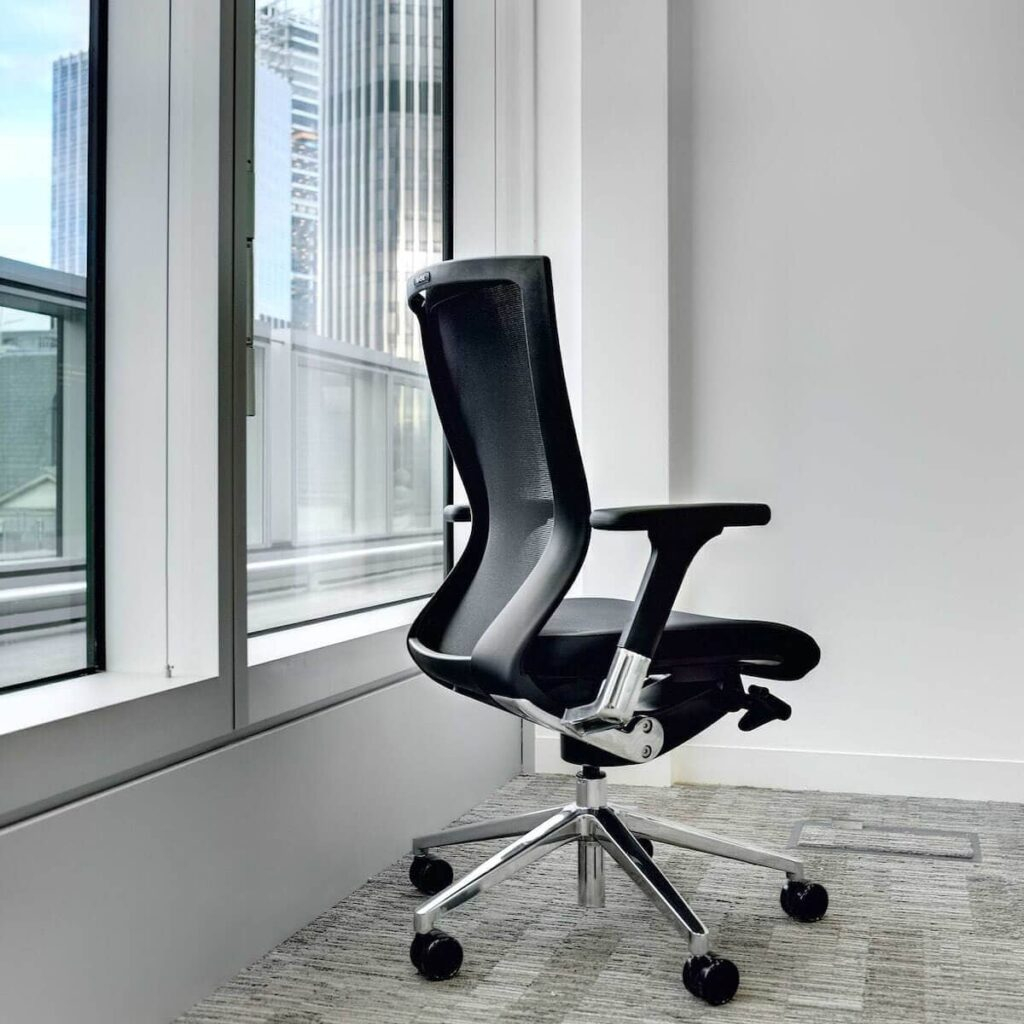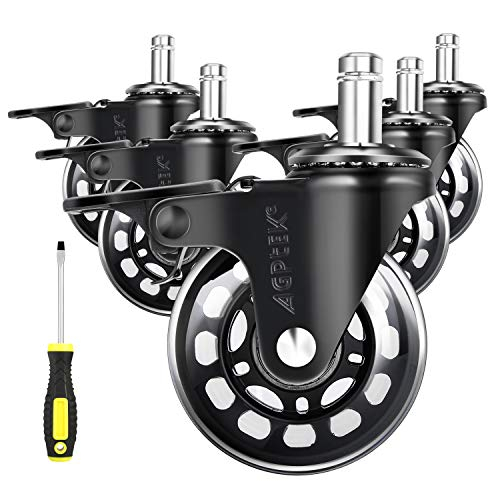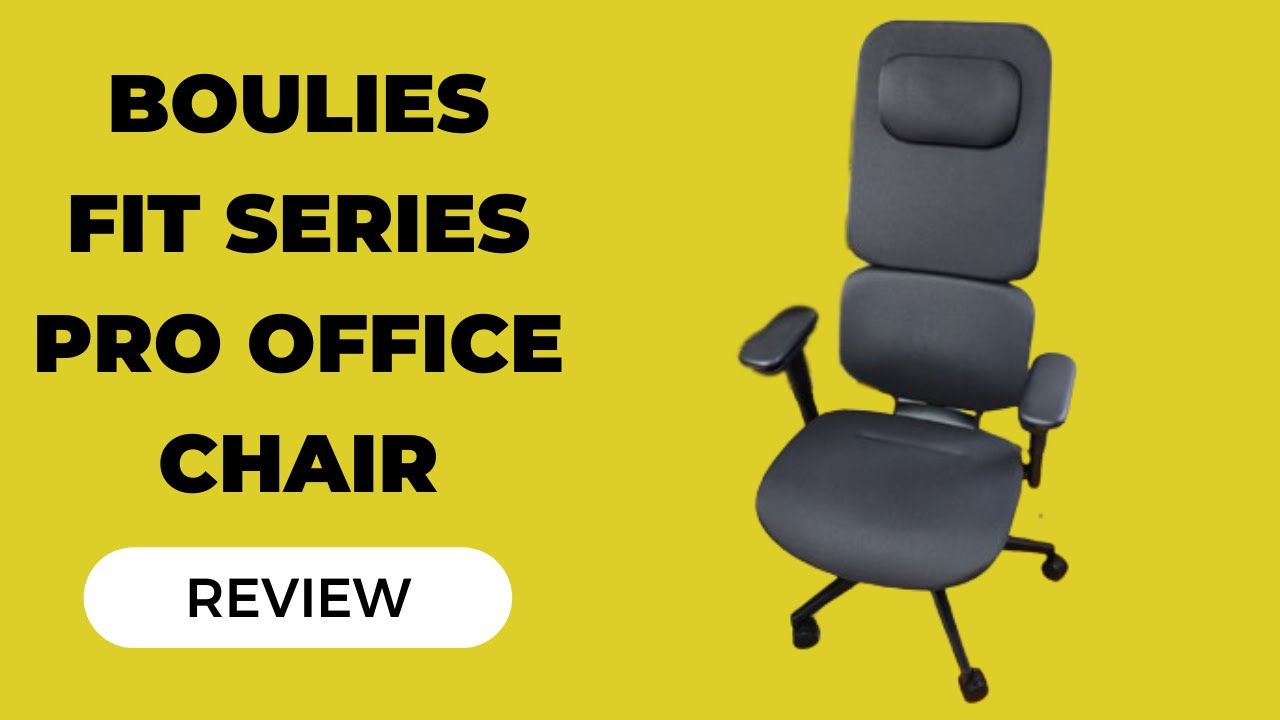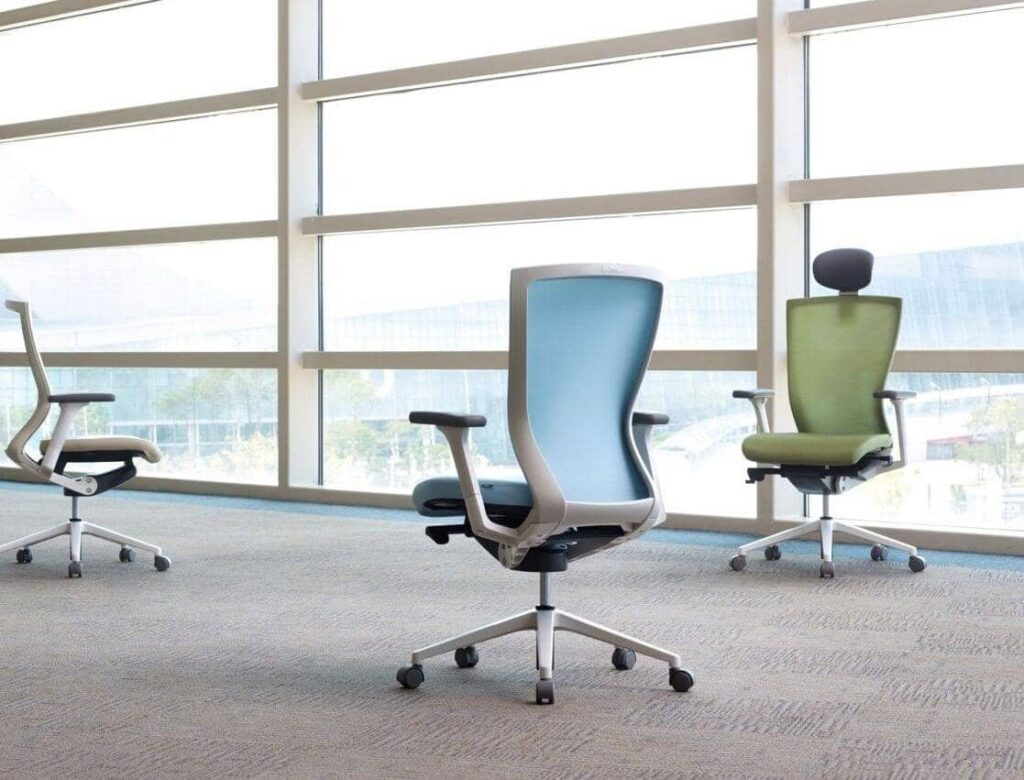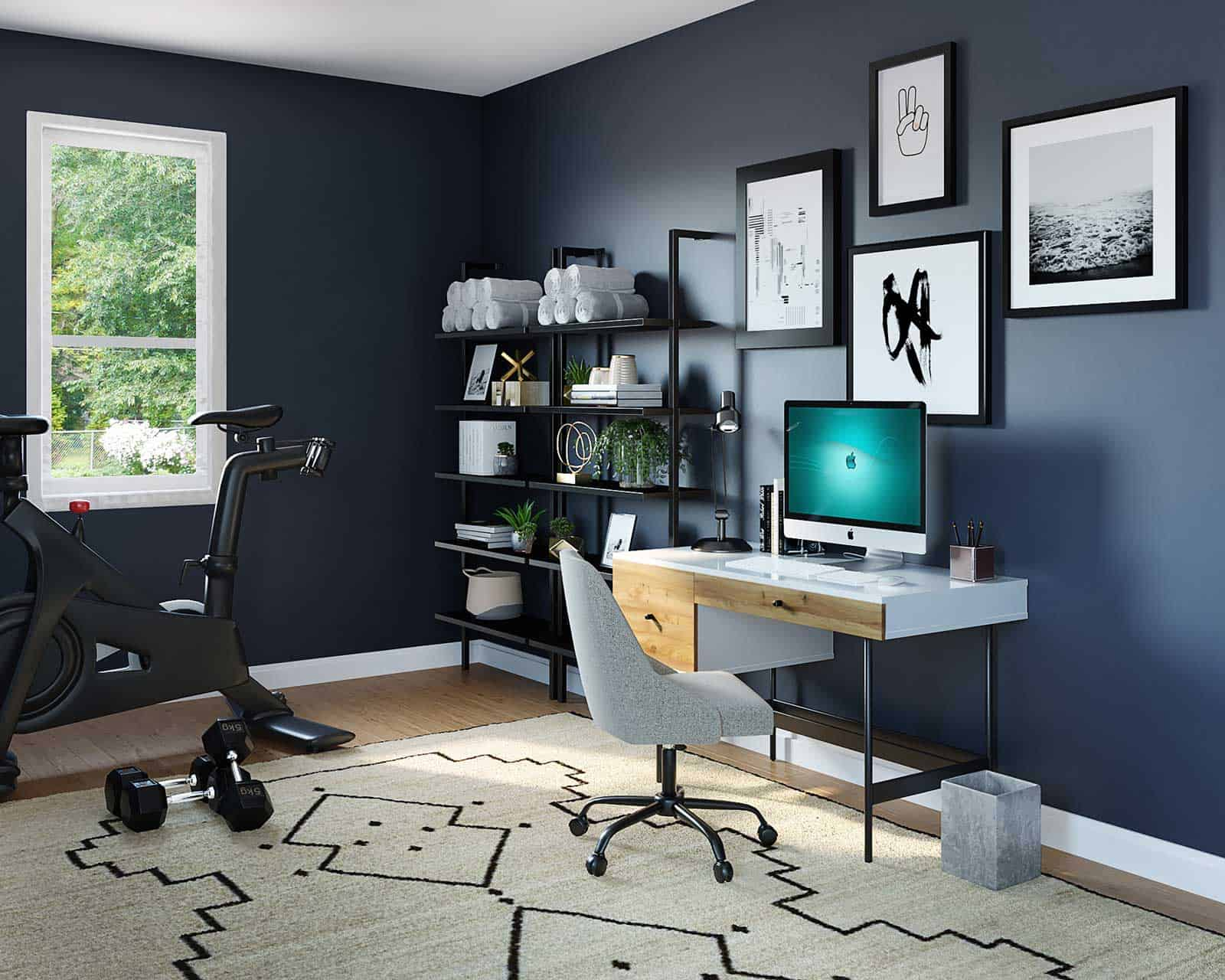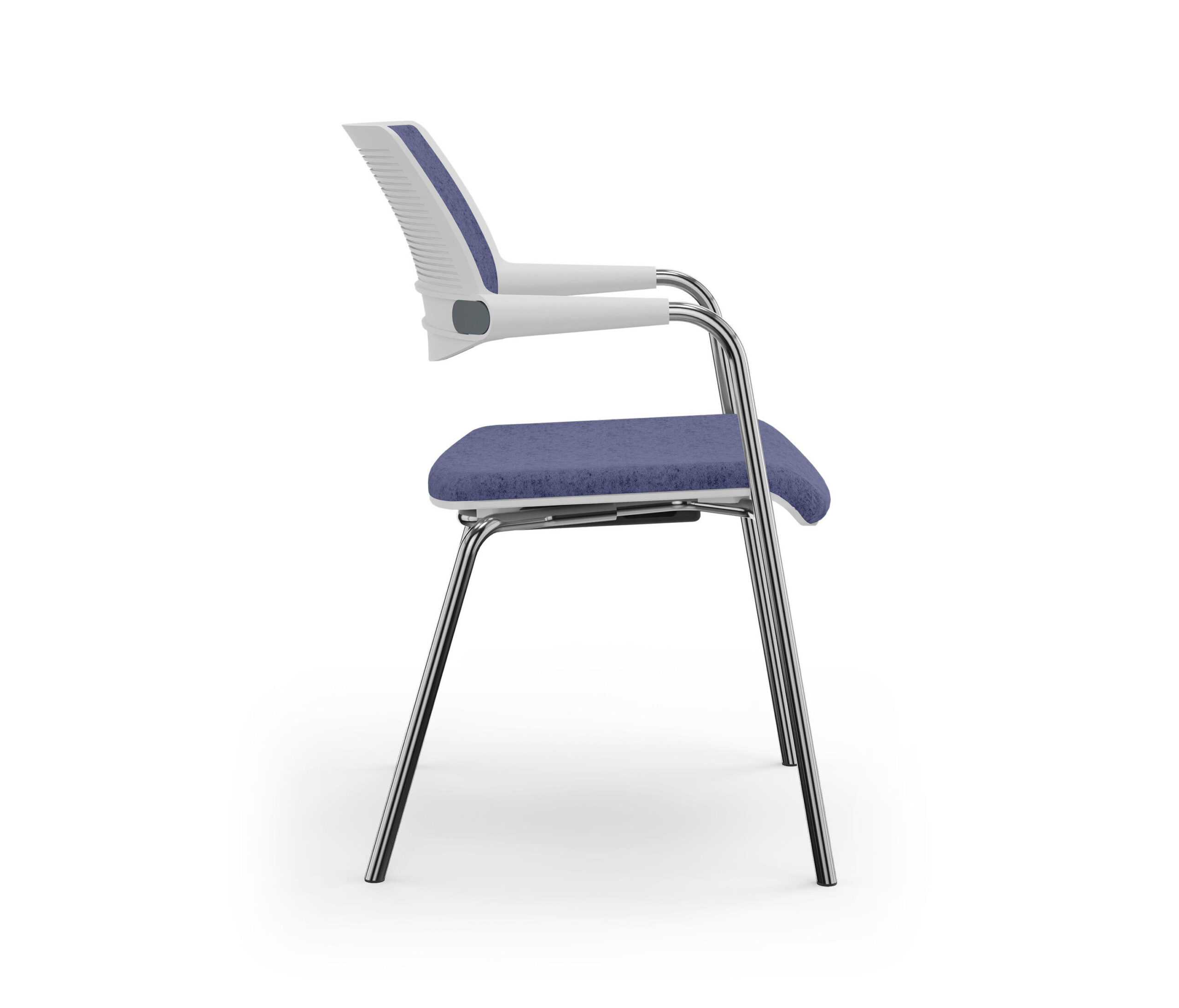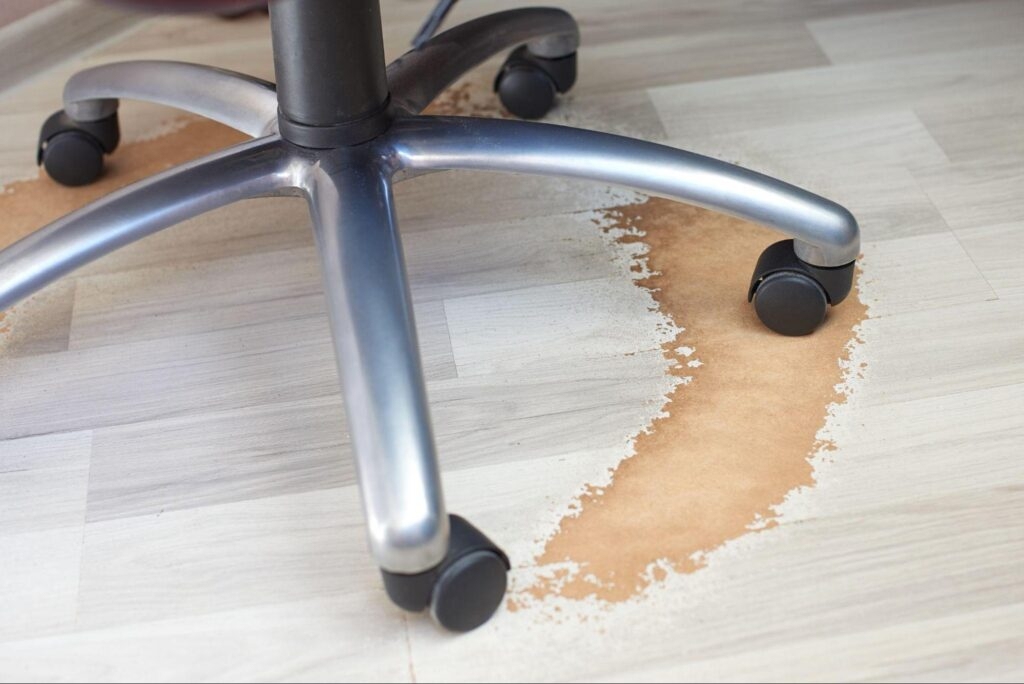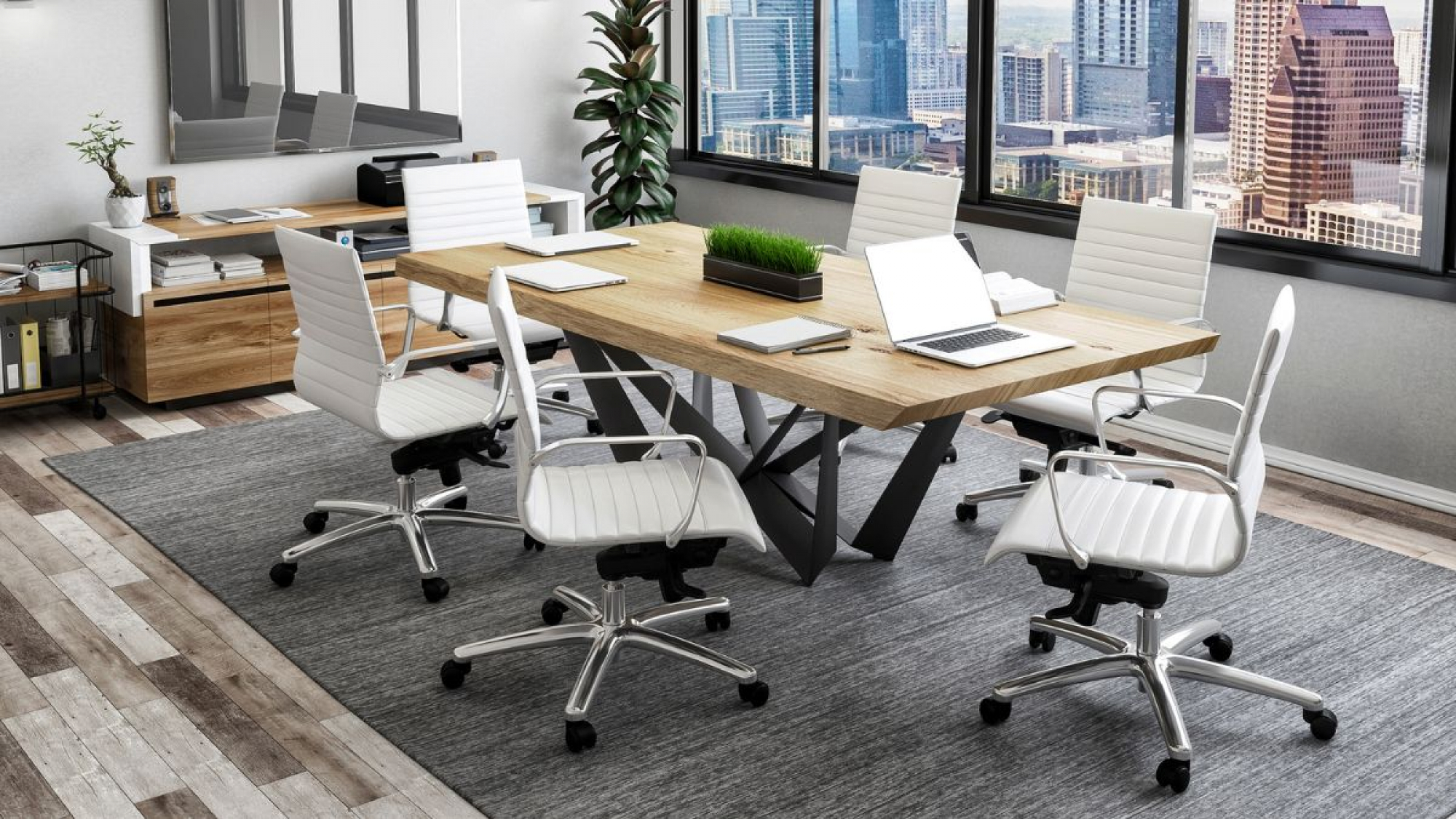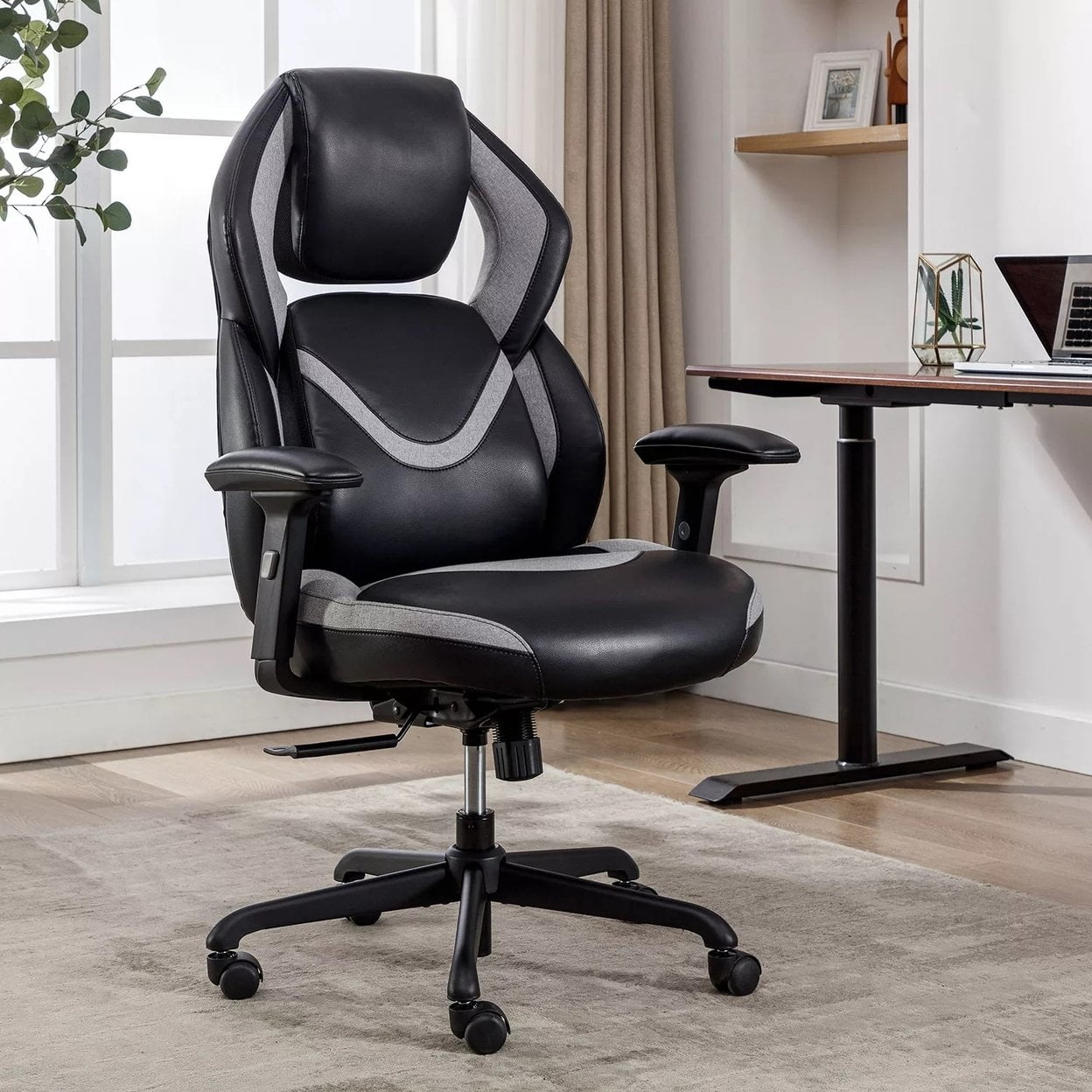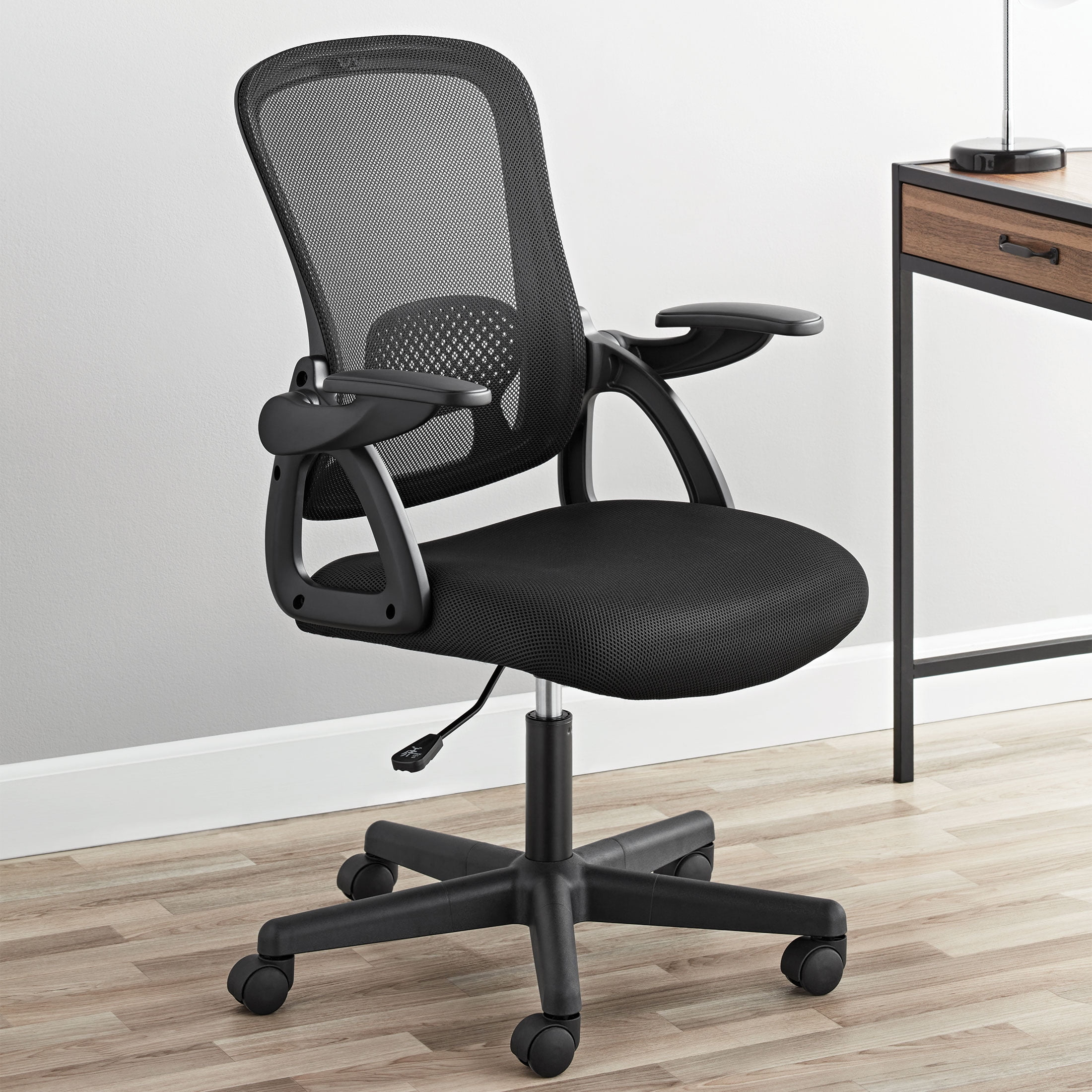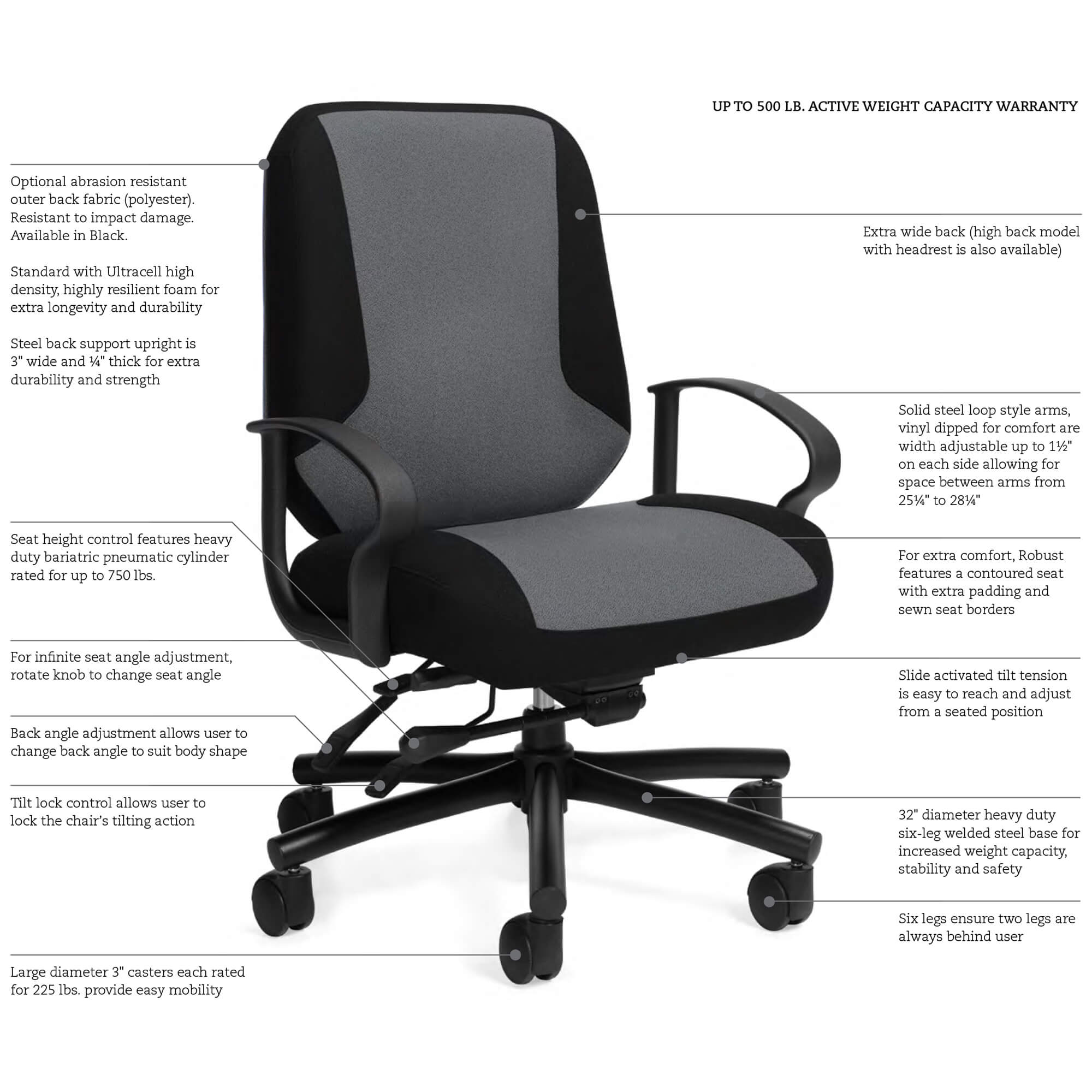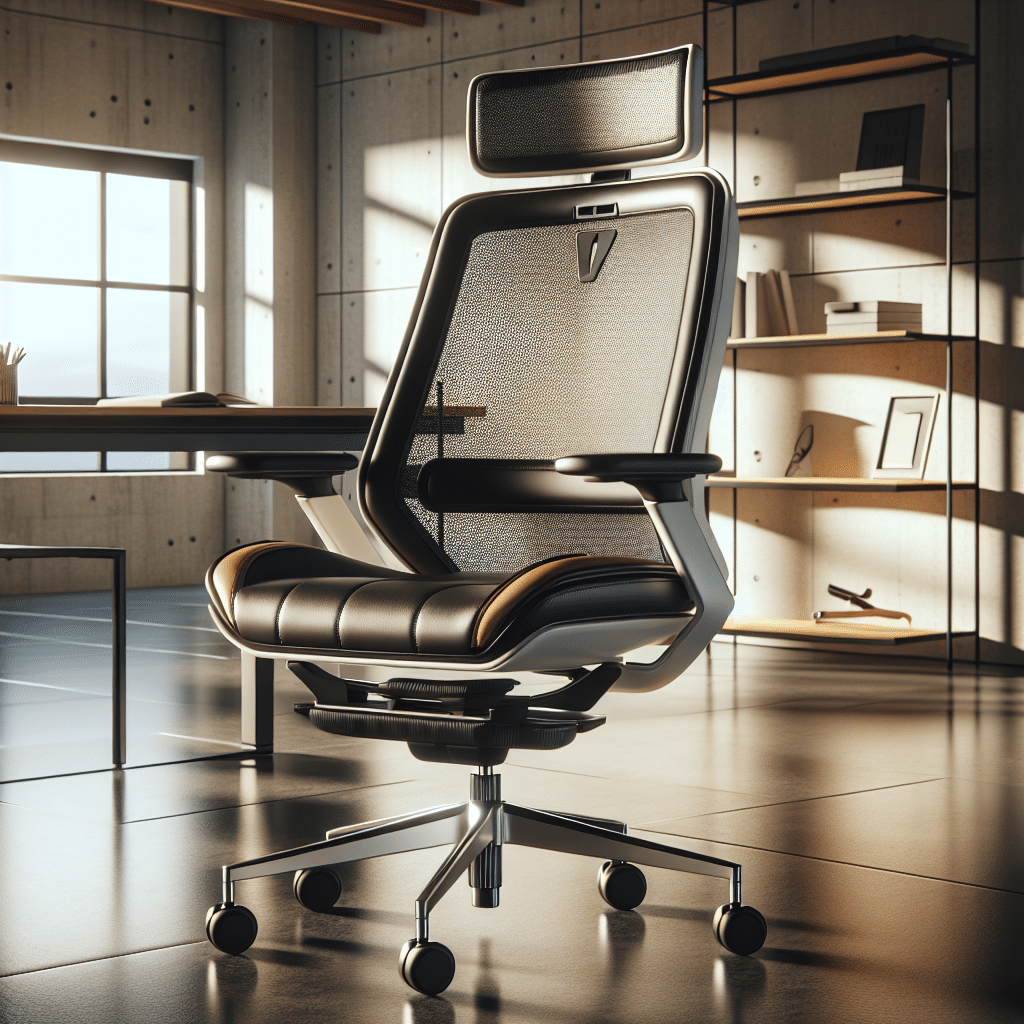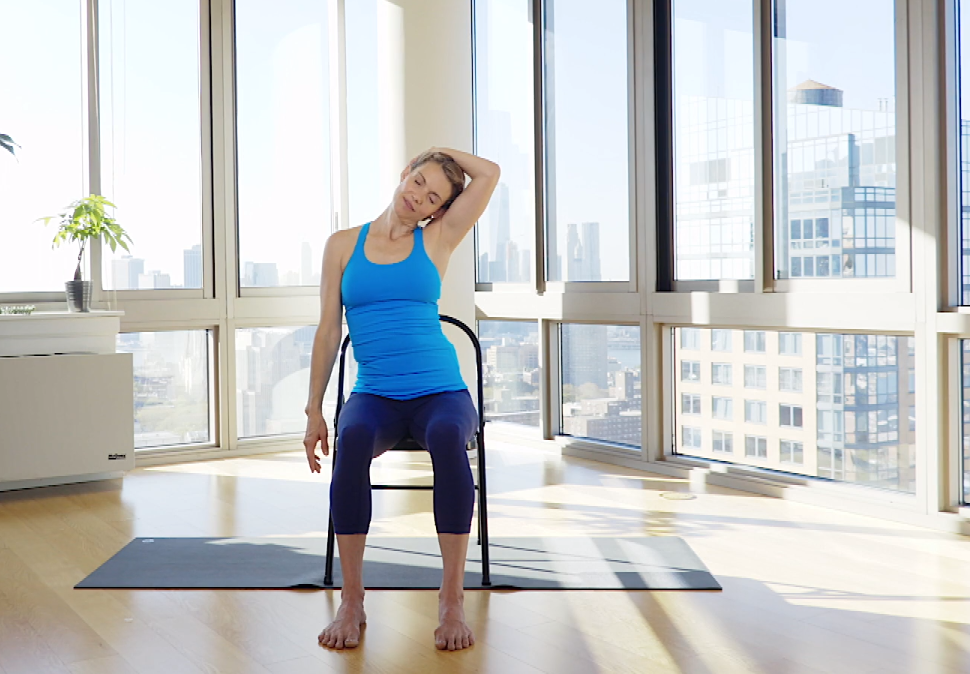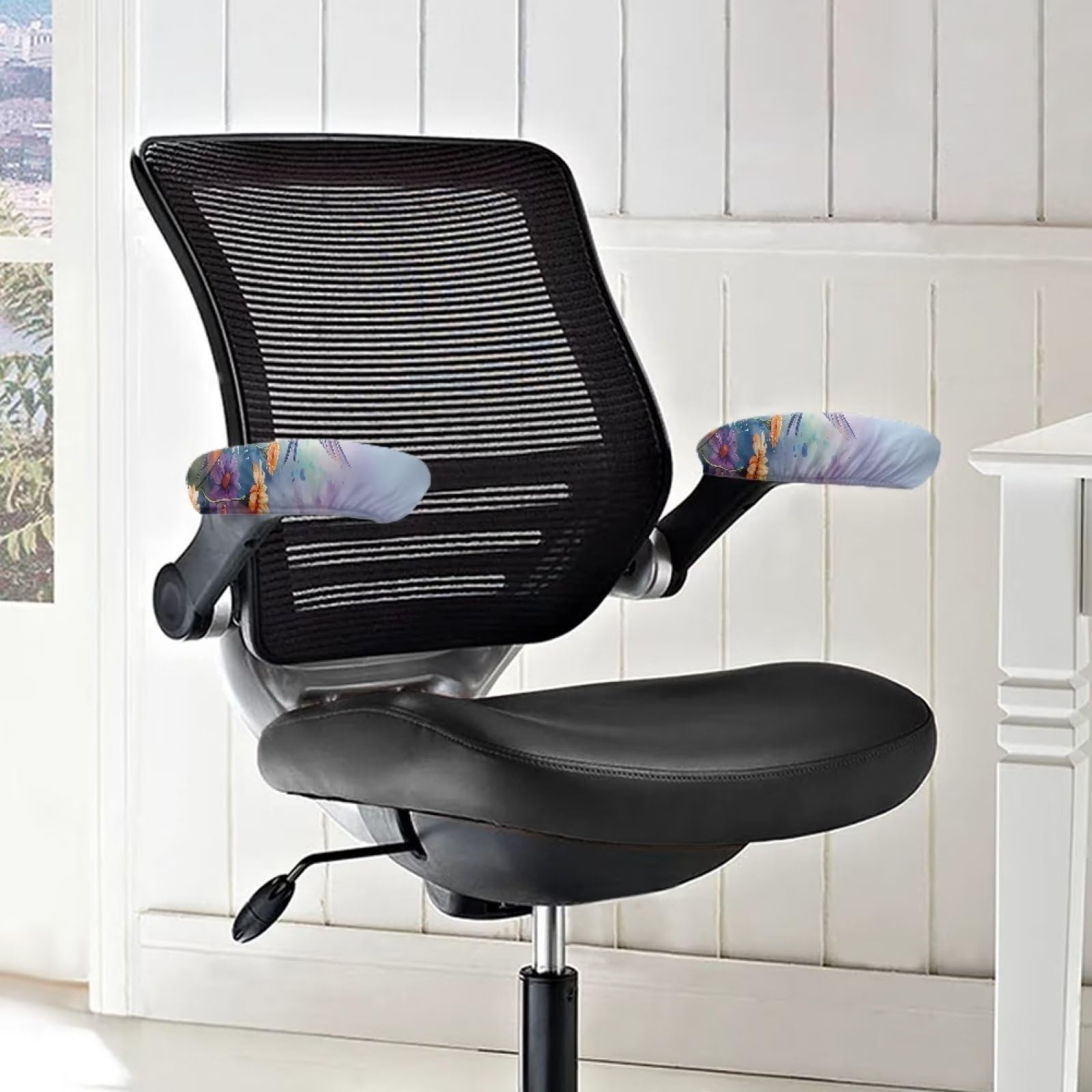We spend so much time thinking about lumbar support and armrest adjustability, but what about the very foundation of our mobile office experience? The humble wheels of your office chair. They’re the unsung heroes, silently enabling movement and, if faulty, contributing to a symphony of discomfort and inefficiency. Let’s roll into understanding their true importance.
Picture this: you’re in the zone, deep in concentration, and then… a jolt. Your chair catches on a stubborn carpet fiber, or worse, a wheel refuses to budge, sending you into an awkward, unbalanced lurch. Sound familiar? It’s easy to blame the chair itself, or even the flooring, but often, the culprit is much smaller and more fundamental – your office chair wheels. These tiny components play a surprisingly massive role in your daily comfort and productivity. They’re not just for rolling; they’re for smooth rolling, for effortless transitions, and for maintaining good posture. If yours aren’t up to the task, you might be experiencing a host of subtle (and not-so-subtle) pains that are easily preventable. Let’s uncover the hidden power of these overlooked parts and learn how to make them work for you, not against you.
The Foundation of Freedom: Understanding Different Wheel Types
Not all wheels are created equal. The type of wheel on your office chair is directly related to the type of flooring you have. Using the wrong kind can lead to a host of problems.
- Hardwood & Tile Wheels: These are typically made of a softer, polyurethane material. They’re designed to grip hard surfaces without scratching them and allow for smooth gliding. Think of them as having a bit more ‘tread’ for traction.
- Carpet Wheels: These are usually made of a harder plastic, like nylon. Their larger diameter and harder surface allow them to roll over carpet fibers more easily, preventing the chair from sinking in and becoming difficult to move. If you have thick carpet, these are your best bet.
- Universal Wheels: Many modern chairs come with what are marketed as ‘universal’ wheels, often a blend of materials. While convenient, they might not be optimal for either extreme. For instance, a hard wheel on hardwood can be slippery, and a soft wheel on thick carpet can drag.
Using the wrong wheel type is like wearing hiking boots to a swimming pool – it just doesn’t work well and can cause damage or discomfort. You might find yourself having to push harder, leading to strain in your legs and back, or your chair might just feel sluggish and unresponsive.
The Silent Saboteurs: Signs Your Wheels Need Attention
How do you know if your chair wheels are the source of your woes? It’s often through subtle cues that we might dismiss.
- Difficult Movement: If you find yourself struggling to roll your chair even a small distance, or if it frequently gets stuck, your wheels are likely the problem. This could be due to worn-out bearings, debris lodged in the wheel, or simply the wrong type for your floor.
- Unusual Noises: Squeaking, grinding, or rattling sounds aren’t just annoying; they’re often indicators of worn bearings or damage within the wheel mechanism. This can disrupt your focus and create a generally unpleasant work environment.
- Scratches and Damage: If you notice new scratches or gouges on your hard floors, your chair wheels are a prime suspect. This points to wheels that are too hard for the surface or have picked up abrasive particles.
- Uneven Rolling and Wobbling: A wobbly chair isn’t just unstable; it can throw off your posture and make it hard to maintain a comfortable position. This often stems from a damaged wheel or a loose connection to the chair base.
- Increased Back or Leg Strain: When you have to exert extra effort to move your chair, you’re engaging muscles in ways that aren’t ergonomic. This can lead to a build-up of tension and pain over time, particularly in your lower back and legs.
The Wheel Upgrade: A Simple Fix for Major Gains
The good news is that replacing your office chair wheels is usually a straightforward and inexpensive fix that can dramatically improve your workday. Think of it as a small investment with a big return in comfort and health.
- Choosing the Right Replacement: The first step is to identify your flooring. If you have hardwood, laminate, or tile, opt for soft, rubber or polyurethane wheels. For carpet, especially thicker piles, go for larger, harder nylon or plastic wheels. Many online retailers offer ‘rollerblade’ style wheels, which are often a great upgrade for both types of flooring due to their smooth action and durable materials.
- The Replacement Process: Most office chair wheels attach with a simple stem that slots into the chair base. To remove old wheels, grab the wheel firmly and pull straight up, using a bit of force. Sometimes a gentle wiggle helps. If they’re really stuck, you might need a bit of lubricant or even a pry tool, but be careful not to damage the chair base. To install new wheels, simply push the stem firmly into the socket until it clicks or feels secure. It’s usually a tool-free process.
- The Impact: After upgrading, you’ll likely notice an immediate difference. Your chair will roll more smoothly, requiring less effort. You’ll be able to pivot and move around your workspace with ease, reducing awkward twists and turns. This improved mobility helps maintain better posture and reduces the strain that accumulates from fighting a resistant chair.
Beyond Wheels: Maintaining a Mobile and Pain-Free Setup
While wheels are crucial, a truly pain-free workday involves a holistic approach to your seating setup. Don’t stop at just the wheels.
- Regular Cleaning: Even the best wheels can get clogged with dust, hair, and debris. Periodically inspect and clean your wheels. For most, a damp cloth and a quick wipe-down will suffice. For stubborn gunk, a small brush can help dislodge it from the bearings.
- Floor Protection: If you have delicate flooring, consider using a chair mat. This provides a consistent, smooth surface for your wheels, protects your floor from wear and tear, and can even improve the ergonomics of your chair’s movement.
- Ergonomic Adjustments: Once your chair is rolling smoothly, ensure the rest of your chair is adjusted correctly. Your feet should be flat on the floor (or a footrest), your knees at a 90-degree angle, and your back supported by the lumbar curve of the chair. Armrests should allow your shoulders to relax.
- Movement Breaks: Even with the perfect chair and wheels, sitting for prolonged periods isn’t ideal. Make it a habit to stand up, stretch, and walk around for a few minutes every hour. This helps with circulation and prevents stiffness.
The Ripple Effect: How Smooth Movement Boosts Productivity
It might seem like a minor detail, but the ease with which you can move around your workspace has a tangible impact on your productivity and overall well-being. When your chair glides effortlessly, you’re not constantly interrupted by friction or the need to reposition yourself.
This smooth transition allows you to:
- Maintain Focus: Less physical distraction means more mental bandwidth for your tasks.
- Reduce Fatigue: Not having to fight your chair conserves energy, leaving you feeling less drained.
- Improve Collaboration: Easily swivel to talk to colleagues or turn to your computer without awkward movements.
- Enhance Creativity: The freedom to shift positions and move around can stimulate thought and problem-solving.
Essentially, a chair that rolls well becomes an extension of your own movement, supporting your workflow rather than hindering it. It’s about creating an environment where your tools support you, rather than requiring you to adapt to their limitations.
Making the Switch: A Practical Guide to Wheel Replacement
Ready to experience the difference? Here’s a quick rundown on how to make the switch.
- Identify Your Current Wheel Type: Look at the material and size. Are they hard plastic or softer rubber? Are they small or larger? This helps you understand what might be working against you.
- Determine Your Flooring: Is it carpet (low pile, high pile?), hardwood, laminate, tile, or concrete?
- Select New Wheels: Based on steps 1 and 2, choose the appropriate type. Rollerblade style wheels are a popular and effective upgrade for most scenarios.
- Check Stem Size: Most office chairs use a standard stem size (typically 7/16" x 7/8"). If you’re unsure, measure your current stem or check your chair’s manual or manufacturer website. Universal replacement kits are widely available.
- Purchase Your Wheels: You can find replacement wheels at office supply stores, furniture stores, and online retailers like Amazon. Read reviews to gauge their durability and suitability for different floor types.
- Install: As mentioned, this is usually a simple pull-and-push process. If you encounter resistance, a bit of gentle leverage might be needed, but avoid excessive force.
It’s a small change, but the payoff in terms of comfort and a smoother workday is genuinely significant. Don’t underestimate the power of well-functioning wheels!
So, the next time you feel that familiar jolt or struggle to glide across your office floor, take a closer look at your chair’s wheels. They might just be the unsung heroes of your comfort and productivity, or they could be the silent saboteurs of your pain-free workday. By understanding the different types, recognizing the signs of wear, and making the simple switch to the right wheels for your environment, you can unlock a smoother, more comfortable, and ultimately more productive work experience. It’s a small change, but one that can truly make a world of difference. Give your chair the rolling foundation it deserves and feel the positive impact ripple through your entire day.

